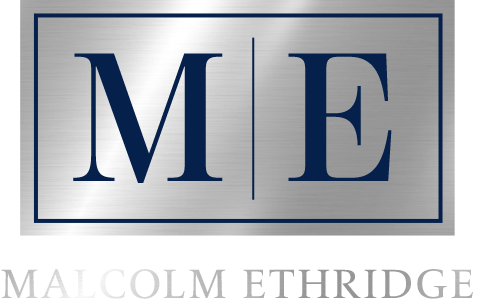What Does it Mean to Pay Yourself First?
Traditionally, we are taught from a young age that anyone who fails to pay their bills on time and in full is either irresponsible, lazy, or otherwise bad with money. By the time a person reaches young adulthood, they have essentially learned rule #1 of managing your personal finances: pay every bill on time, no matter what.
The reality though is that the importance of paying yourself supersedes paying anyone else. As cliché as it sounds, paying yourself first is an important financial lesson to learn and one that will serve you well in the long run.
The federal government seems to understand this concept better than anyone else, considering withholding income taxes from employee paychecks wasn’t always standard practice. Prior to the 1940s, Americans were permitted to make a lump sum income tax payment at the end of each year. But this often resulted in cash flow problems for the government.
Tax collection is the main source of revenue for the federal government. So, by collecting taxes directly from paychecks, the government—who essentially is paying themselves first—could ensure a steadier stream of revenue throughout the year, making it easier to manage the country's finances. Withholding also helps ensure that workers make income tax payments on time each year. This method has worked well for the Department of Treasury since 1943, so why not apply the idea to our personal lives?
But what does it actually mean to pay yourself first?
Rather than work, pay taxes, pay bills, and then spend or save whatever’s left, why not instead choose to work, save, pay taxes, pay bills, and then spend what’s left? By prioritizing to save first, you not only ensure that you get your slice from a bigger pie (since it hasn’t yet been eaten up by taxes), you also ensure your goals are met. By choosing to save last, however, you compromise your financial goals, and succumb to the unfortunate reality that there may not be anything left to save once you finish paying everyone else.
The IRS makes taking this approach easy by offering a tax deduction for each dollar saved for retirement up until a certain amount. This means that while you are reducing your taxable income dollar-for-dollar by fully funding your retirement account annually (up to the limits determined by your household income), you can simultaneously manage to pay yourself prior to paying any taxes or expenses.
Although it’s important to save for retirement—and the tax benefits sure don’t hurt—it is also essential to put money away in a manner that will allow you to access it in an emergency, prior to age 59½. This can include a traditional savings account, certificates of deposit, a money market fund, or even a regular brokerage account. Your decided method depends on your timeline for needing those funds and your personal tolerance for market risk.
But saving money doesn’t just happen. Many people make the mistake of putting it off and make excuses like “I’ll start saving next month after I buy this one thing” or “I’ll start saving after my credit card is paid off.” Others try to save based on whatever money is left at the end of the month only to discover that there isn’t any money remaining.
One way to avoid this outcome is to automate saving using direct deposit. Rather than relying on your own discipline to manually save money after you receive your paycheck, direct deposit enables you to set aside a portion of your income automatically. By designating a portion of your direct deposit to savings, you can prioritize your financial goals and build your savings effortlessly. This is a “set it and forget it” approach that allows you to be hands-off.
Automating saving not only helps you stay on track with your financial plans, but it also reduces the temptation to spend more than you intend and prevents you from bypassing it altogether. Automating those transfers into separate accounts each month, often referred to as buckets, helps lead to guilt-free spending. Once you’ve identified the amount you need to reach your personal savings goals (e.g., new car fund, vacation fund, retirement, etc.) split your direct deposits into each bucket, including household expenses. That way, whatever is left over can be spent on anything you like – guilt free.
Another way to level up your savings is to convert paid bills into opportunities to increase savings. Every time you pay off a debt, cancel a recurring subscription, get a raise at work, or otherwise “find” some extra cash, divert some of that windfall to your savings before you’ve even had a chance to think about how you’ll spend it. Since it’s “new” money, you likely won’t even notice that it’s gone.
The “pay yourself first” approach to managing your personal finances removes a lot of the guesswork and allows for guilt-free spending. Once you’ve established your savings goals and set up your direct deposits, you can rest easy knowing that that trip you booked or those shoes that have been sitting in your shopping cart for a month are not going to break the bank. By that point, you have essentially already given yourself permission to click the “buy” button.
********************
Malcolm Ethridge, CFP® is the Managing Partner of Capital Area Planning Group based in Washington, DC. He is also the Managing Partner of Capital Area Tax Consultants.
Malcolm’s areas of expertise include retirement planning, investment portfolio development, tax planning, insurance, equity compensation and other executive benefits.
Disclosures:
The information provided is for educational and informational purposes only, does not constitute investment advice, and should not be relied upon as such. Be sure to consult with your legal advisors before taking any action that could have tax and legal consequences.
Investments in securities and insurance products are:
NOT FDIC-INSURED | NOT BANK-GUARANTEED | MAY LOSE VALUE
